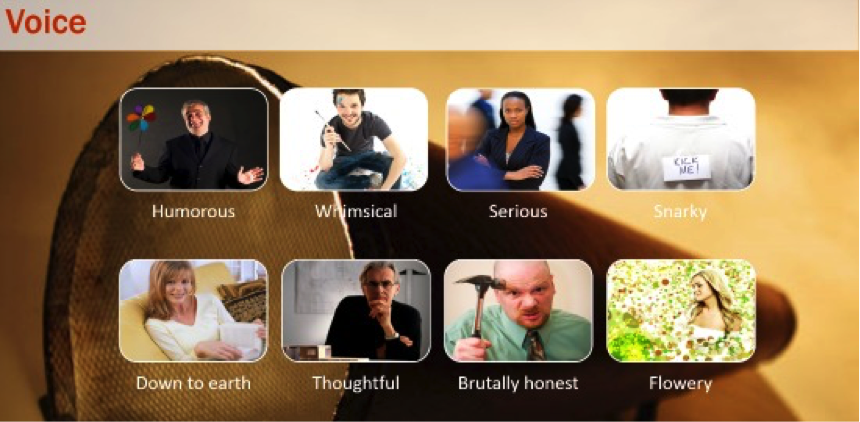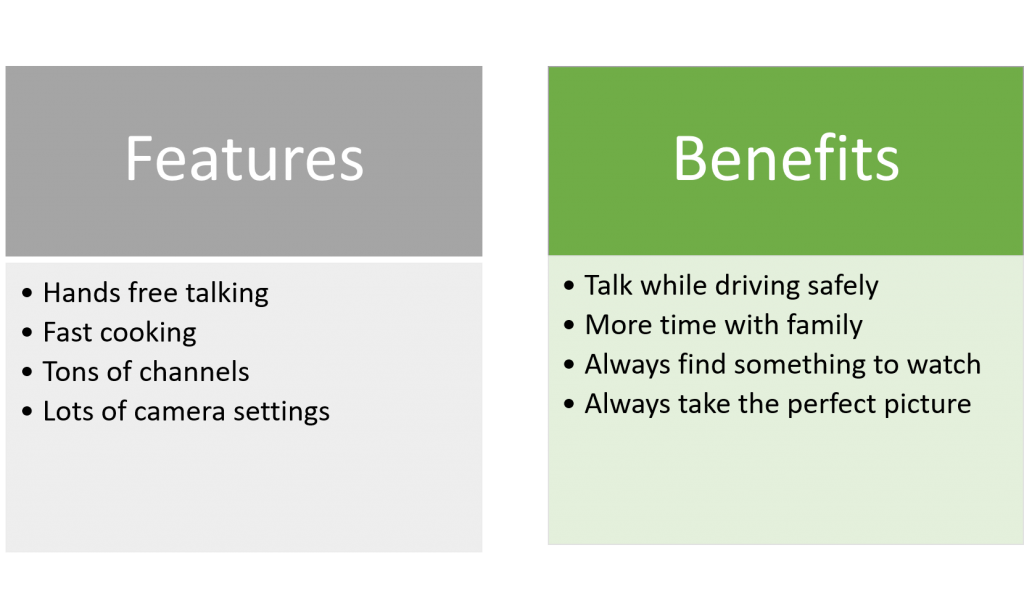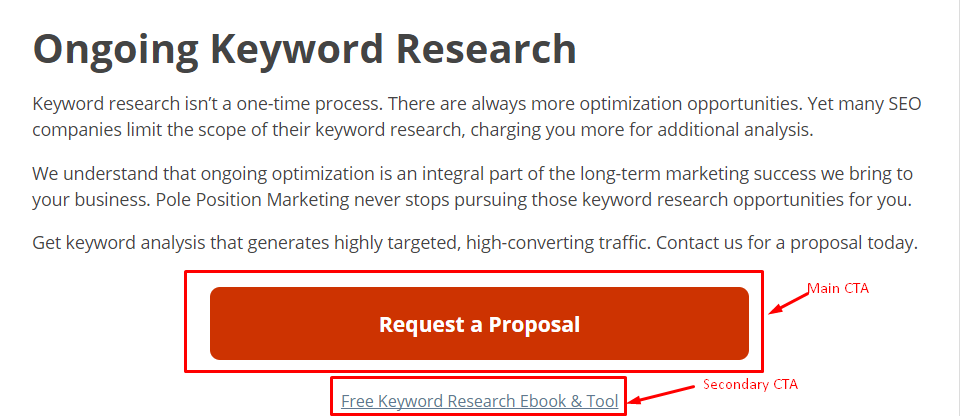 This is part of the Total Usability Series that was originally published in 2007. A decade later, usability is more important than ever, so we are revisiting this series and updating all of the articles. This post was updated 8/25/2017.
This is part of the Total Usability Series that was originally published in 2007. A decade later, usability is more important than ever, so we are revisiting this series and updating all of the articles. This post was updated 8/25/2017.
The content of your website is your #1 sales tool. Pictures, tools, and other fun stuff can be important in making your site visually and functionally appealing, but it’s the content that sells. Well-written and user-focused content allows your visitors to find out more about your products and services, as well as how your company will be able to meet their needs.
Content weighs heavily both in terms of how users interact with your website and how visitors (both human and search spiders) are able to determine what you offer and what each page of your website is about. While solidly optimized content is important for search engine rankings, considering the usability of your content is of paramount importance for attaining good conversion rates.
Tips for User-Friendly Content
- Voice: The content of your website should be written in a consistent voice from page to page. This voice needs to be one that is relatively standard in your industry and resonates with your target audience. There are many different types of voices you can employ. It’s up to you to find the one that is authentic to your company and to employ it consistently.

- Active words: Active words help the user engage with the content, making them a participant rather than just a passive reader. The site’s content should be full of active verbs that inspire visitors to take action.

- Typographical errors: Your website should be free of all typographical errors. Both spelling and grammatical errors can be an indicator that you lack professionalism. They must be eliminated to maintain overall trustability.
- Skimmable & scannable: Visitors skim through and scan content to find what interests them before they actually read each word. As much as possible, use short paragraphs, headings, and bullets. Be sure to stick to a basic reading level. Blue Apron’s blog, for example, makes use of vivid images and headings to make its content more scannable and easy to read.

- Customer focus: Present your content in a way that speaks to your visitors’ overall wants and needs. Focus on them, not on you or your company.
- Personality needs: Content should use language that speaks to individual personalities of your visitors. Providing information that certain personalities “need” helps speak to those visitors more directly and move them through the conversion process.
- Benefits vs. features: Present the benefits your visitors will receive. Don’t write exclusively in terms of what your product or service does, but what benefits your visitors will get from your product or service.

- Spammy text: Content should always read naturally and should never feel “stuffed” with keywords. Never hide content on the page, but use it effectively as a sales tool.
- Calls to action: Each page should contain a conclusion and one or more calls to action. Once you have effectively provided the necessary information, compel the visitor to take the desired action.

Bonus Tip
Linking out: Whenever possible and only where relevant, link your text out to other areas of the website as they are mentioned within the body copy. Selectively link out to external sources that reinforce the information you are providing.
Text Sells
All too often, site owners want to sideline the content. They feel that pictures, tools, and products are the only things that visitors want. Yes, these are an important part of the sales process, but so is the text. Properly developed text informs and persuades. It entices and encourages. It draws and drives.
More than anything else, text sells.


6 Responses to 9 (+1) Tips For Writing User-Friendly Content